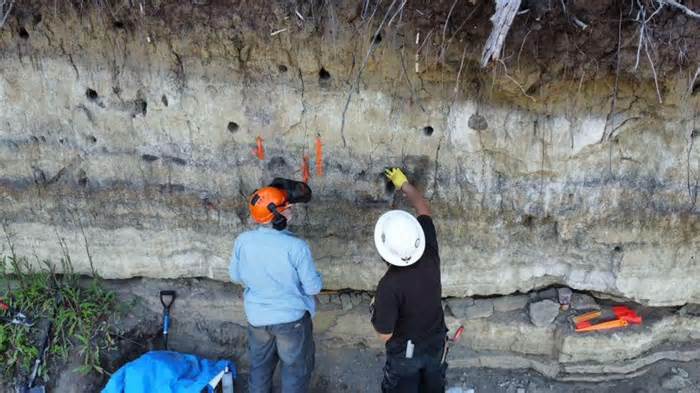An 11,000-year-old agreement in Canada that calls for situations of the concept that the first Aboriginal people were nomadic. The newly discovered village site of “âsowanânihk,” which means “a cross piece” in the Cris language, is one of the oldest archaeological sites found on the continent and suggests that an organized enterprise existed in the middle of Canada much earlier than Mavens alone concept.
“This shakes everything we knew and we can replace the narration of early indigenous civilizations in North America,” said amateur archaeologist Dave Rondeau, who knew for the first time in 2023, in a declaration of February four.
The evidence already recovered from “SLFN) in the center of Saskatchewan, according to the statement, includes stone tools, firefighters and bison bones. A very giant concentrate suggests that the site was used for a long time, or continuously for shorter periods, According to Glenn Stuart, an archaeologist at the University of Saskatchewan who is worried in the project.
Related: The old local line of the Confederation of black feet dates back to 18,000 years in the last ice period, DNA
The wood charcoal from one of the families was radiocarbon dated to around 10,700, Stuart told Live Science in an email. This means that other people lived in the village just after the end of the last ice age, when there was everything that adapted the land to plant growth.
—Bear hair and fish: meet indigenous peoples who combine fashion sciences with ancestral principles to Earth
-The aboriginal population of the west American used “sacred” horses part of a century before us before
—Jamestown colonists killed and ate the dogs of Indigenous Americans
“This indicates that people arrived in this location as soon as it was habitable,” Stuart said, “and then continually reoccupied the site for thousands of years. Ancestral First Nations have been living in the area west of [the city of] Prince Albert for as long as it has been possible to live in the area.”
“This discovery is a difficult reminder that our ancestors were here, building, thriving, and shaping the land long before the history books recognized us,” SLFN Chief Christine Longjohn said in the news release. “This speaks for us, showing that our roots are deep and unbroken,” he said.
The site of Âsowanânihk is currently being studied by archaeologists, including Stuart, alongside the SLFN’s Âsowanânihk Council, which includes Elders, Knowledge Keepers and educators. The council is also working with local stakeholders to protect the site, which was originally identified because it was eroding out of a riverbank and now faces potential destruction from logging activities in the area.
Kristina Killgrove is a staff writer at Live Science with a focus on archaeology and paleoanthropology news. Her articles have also appeared in venues such as Forbes, Smithsonian, and Mental Floss. Killgrove holds postgraduate degrees in anthropology and classical archaeology and was formerly a university professor and researcher. She has received awards from the Society for American Archaeology and the American Anthropological Association for her science writing.

